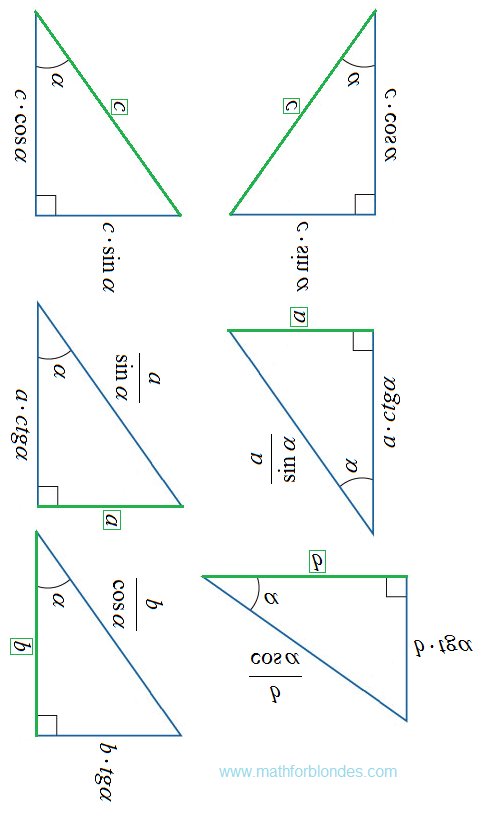Two angles of a triangle are 53 degrees and 57 degrees. Find it the third corner of the triangle.
In any triangle all three angles. That is why the triangle is called. The value of the two angles of the three we know. Now I ask you a couple questions that will help solve this problem.
The first question. What is the sum of the angles of a triangle? This sacred knowledge of mathematics tease "A theorem on the sum of the angles of a triangle." As if they did not call it a law of nature, its essence does not change. Incidentally, the sum of the angles of a triangle belongs to the category of the mathematical knowledge that is easily stored for a long time, but that you never use not awake in their daily lives. Useless knowledge? No, but people use this knowledge is very limited range of professions, such as surveyors.
 |
| Sum of the angles of a triangle |
The second question. If you know that the sum of all the angles of a triangle is 180 degrees, with the arithmetic yourself cope? Here everything is simple. From the sum of the angles of a triangle 180 degrees subtract two prominent corner and get the value of the third angle of the triangle.
180 - 53 - 57 = 70 degrees
I do not want to show here ready-made solution, but ... First, the calculator have a lot of different buttons and accidentally be confused. In such cases, the scientists disappear satellites of Mars. So a complete solution for monitoring, can not hurt. Just check yourself.
Secondly, this is a very good opportunity to do what we do mathematics is strongly not recommended. We are taught to perform tasks with minimal downtime, and possibly without saving intermediate results. Actually, I did. On the one hand, it is correct. On the other hand, it does not give us the opportunity to understand, but what do we actually do?
Personally, I like to consider solving mathematical problems under the microscope in slow motion. Sometimes the impression is that we observe the focus by illusionist and all the secrets of the focus immediately crawl out. Let's look at the detailed solution of this problem on two well-known corners of the triangle and one unknown. Here's how it looks.
 |
| Two angles of a triangle |
And so. Someone measured the angles in a triangle is real. The measurements were performed only for the two corners. Man in high school and knows that the third angle can be simply calculated. This is the condition of the problem. Now, a detailed description of the meaning of the decision and the action carried out by us.
1. Write a law that establishes a relationship between the angles of a triangle, in algebraic form. I have already said that in mathematics it is called "A theorem on the sum of the angles of a triangle." The geometric shape of this law is shown in the first picture.
2. Transform the algebraic form of the law on the corners of a triangle to solve our specific problem.
3. Enter this formula in the data from the task ahead of us. Pass from the algebraic form to the physical.
4.Analiziruem physical model for solving the problem. Mathematical apparatus introduced the decimal system of numbers, other notations are absent. The physical device is represented by a measure of the degree angles, other angle units available. Only under these conditions we can perform addition and subtraction.
5. Go to the mathematical model of the physical problem and perform mathematical operations with numbers using a calculator, a sheet of paper or in your mind.
6. Get ready solution to the problem in physical form.
Here's a novel in verse about I turned to a very simple task. The accuracy of the description of this literary opus does not claim because the school did not teach me this, had to invent on the fly. All the described actions we perform automatically, without going into detailed explanations. I agree with mathematicians that stupid every solution of the problem in as much detail paint. But even more stupid stupid to perform the actions that you teach. In this case, the formation is converted into a conventional animal training.
















